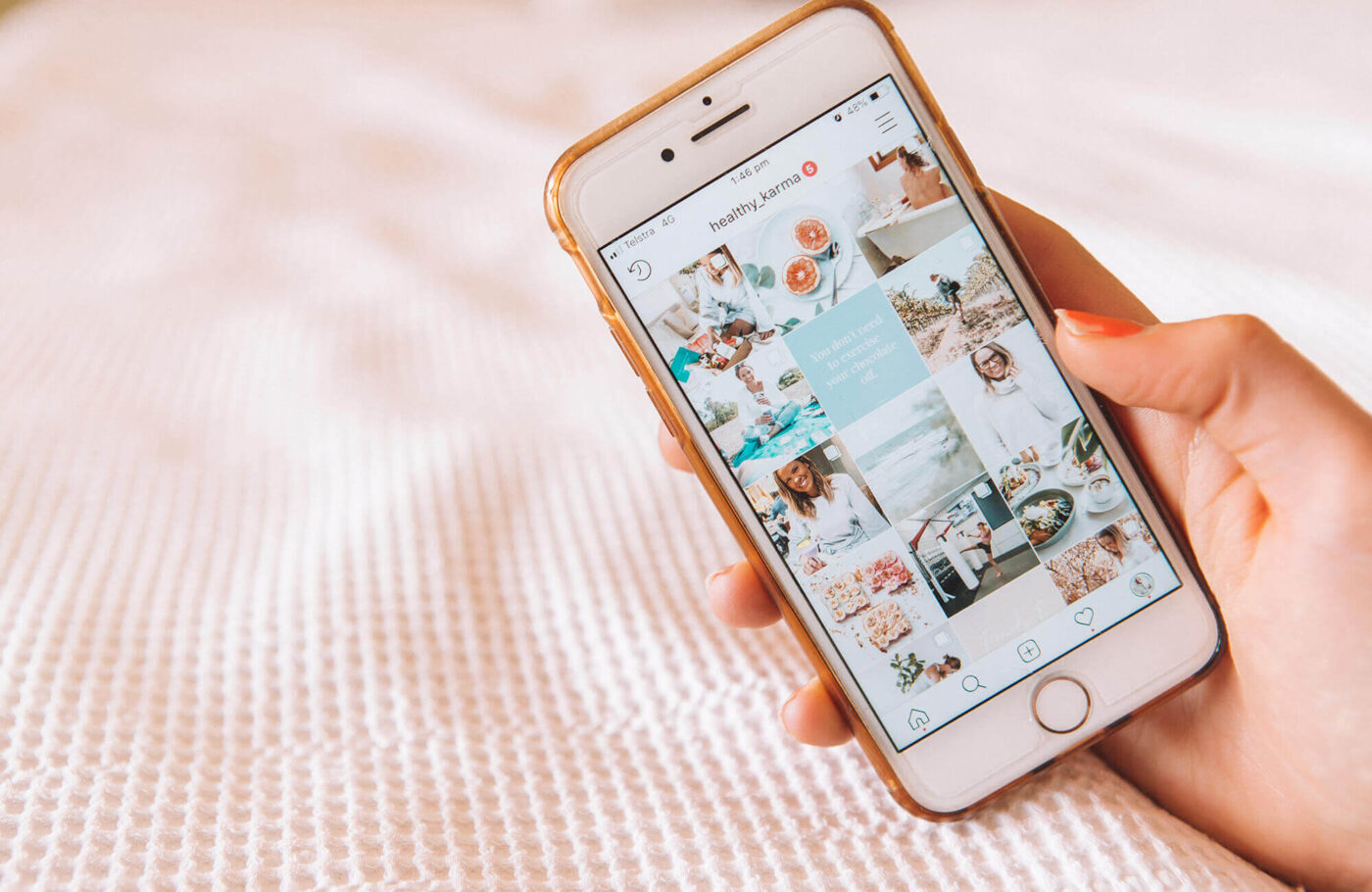Superhero influencer marketing?

Opportunities and limits of the current advertising trend
In today’s world, social media is omnipresent and online advertising is a growing phenomenon. Without influencer marketing, these campaigns wouldn’t be nearly as effective. The strategic integration of influencers into the marketing mix is critical for driving product sales and has immense potential. The positive influence on the willingness to purchase is felt not only among teenagers, but also among 24 to 29-year-olds and in the 30-49 age bracket.
Classifying the phenomenon
Influencer marketing is not the right tool for every business or organisation. To retain credibility, postings must be authentic. Xenia Tchoumitcheva may well convince her followers of Dior underwear and Chanel lipsticks. But would it not be implausible if the Swiss influencer were suddenly to blog about fishing accessories or animal feed? The right fit between influencer and product or service is crucial. Affinity matters. This is no different from classic sponsorship, where the same principle applies: the values or attitudes of sponsor and sponsored must match. For some businesses, influencer marketing is not a suitable tool. For example, with doctors or lawyers, discretion and trust are decisive selling factors. By contrast, influencers portray and propagate a lifestyle. Only products and services aiming to convey a certain style of living are suited to this type of marketing.
An old method reloaded
An influencer or opinion-maker can be described as a person who has been able to generate a large number of followers through their online presence. Fans trust their statements and opinions and can thereby be influenced in their purchasing decisions.
The concept of influencer marketing is not inherently new. Jackie Kennedy not only had a major influence on the fashion industry of the sixties, but also continues to inspire the style of First Ladies to this day. Style icon and British model Kate Moss has even influenced designers. The whole world was delighted by the blue vintage sequined dress she wore on her 30th birthday. Shortly thereafter, designer Tom Ford sent his models for the Gucci autumn collection onto the catwalk in identical frocks. Word of mouth marketing and influencing are among the oldest and most valuable forms of advertising. With the surge of digitalisation, the oral propaganda previously shared with family and friends has shifted to social networks, where thousands of followers can be influenced. The massive increase in reach also impacts sales. According to the agency Kingfluencer, companies generate about 2.6 times more sales with the help of influencer marketing.
The influencer business in numbers
Companies and agencies have long since discovered influencers as a promotional tool. How it works: influencers receive a company’s product or services and in return provide an account of their experiences on Instagram, Snapchat and co. Depending on the reach and reputation of the influencer, a company might also pay the blogger for postings. In Switzerland, prices for individual influencer posts range from 500 to 5,000 francs, as reported by Simon Künzler of the marketing agency Xeit on SRF4.
Influencers can thus be effective brand ambassadors. Studies from the US show that up to 92% of internet users trust the recommendations of the influencers they follow. In addition, the cost of this form of marketing is much lower than for classic billboard campaigns or TV advertising, making influencer marketing extremely attractive.
Gary zones and limitations of the new hype
Also on social media, there is a duty to identify advertising as such. In the digital space, however, borders are blurred quickly and followers are often not able to distinguish between advertising and unpaid contributions at first glance. The indication is – if at all present – mostly hidden somewhere in one of the numerous hashtags and #ad is easily overseen in a post. In this way, influencers posting enthusiastically about a product or service may conceal from their followers that they have been paid to do so. In Germany, the Association for Social Competition recently sent out numerous warnings to influencers who had not made proper disclosure. Nevertheless, many paid partnerships remain unmarked and influencer marketing operates to some extent in a grey zone.
Individual cooperation arrangements should therefore be examined carefully and thoroughly. Because where there is easy money to be made, fraudsters are not far behind. A few weeks ago, the marketing agency Mediakix showed how easily and quickly a fake Instagram star can be born: As part of an experiment, they built two fake influencer profiles, with which they could have won numerous lucrative assignments in the advertising market. For $3-$8, a thousand followers can be purchased; the same number of likes cost between $4- $9. Comments are available for 12 cents apiece. The resulting interactions and reach are unfortunately useless for companies wanting to effectively advertise their products and services, as the interactions are mostly from so-called “click” or “like” farms in Asia, where large numbers of workers are paid to like or comment on posts and follow profiles.
To reap the benefits from influencer marketing as a company, it is therefore crucial to verify the profile and authenticity of the influencer’s profile before placing your order. With the right influencers in place, such a campaign can be hugely successful. The best example of a successful influencer marketing strategy is perhaps the Swedish watchmaker Daniel Wellington. Daniel Wellington was one of the first brands to truly understand the potential of influencers in the social networks and renounced all other marketing measures. In 2015, the brand sold over one million watches at a profit of 220 million dollars.